Our Location
Opposite Tema Toll Gate, Ghana.
P.O. Box 1801
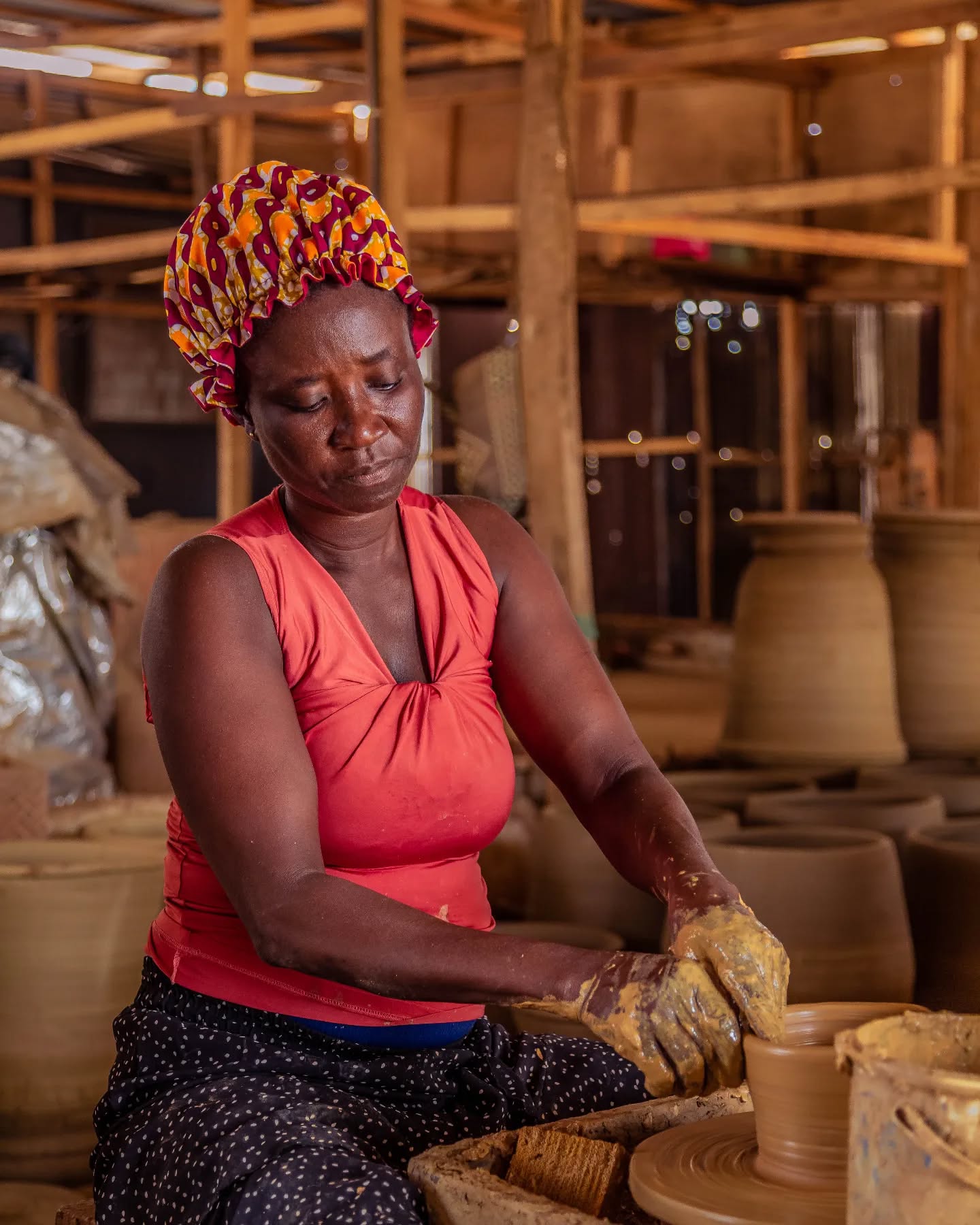
On Wednesday, July 23rd, the Matamiss team set out on a heartfelt mission to Tokome, a pottery-making community known for its rich traditional craftsmanship. The goal? To connect, understand, and find ways to empower local artisans through collaboration, not replacement.
Upon arrival, we saw firsthand the skill and dedication with which the Tokome potters crafted their work — entirely by hand, using traditional techniques passed down through generations. But with tradition came challenges: physical strain, production inefficiencies, and materials that often failed under fire due to lack of technical refinement.
What they needed wasn’t a new craft — it was a new approach.

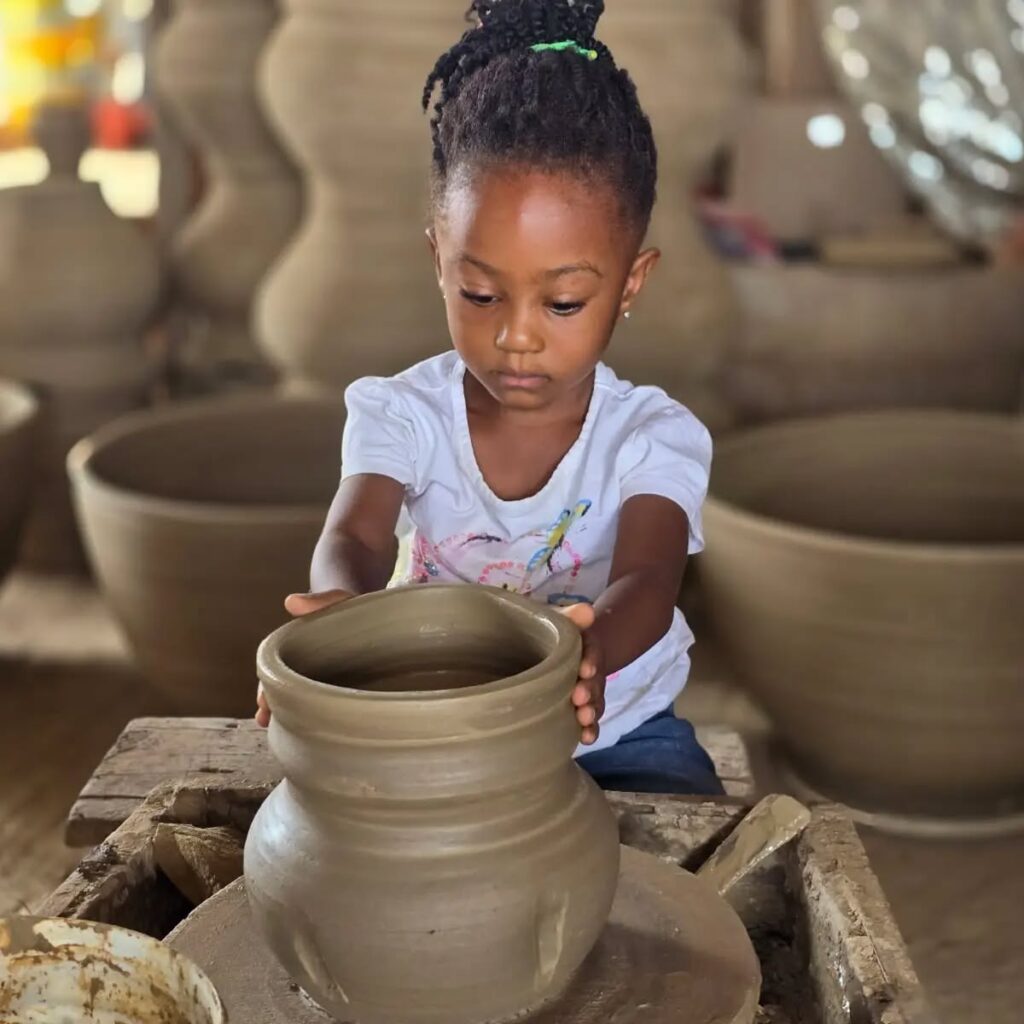
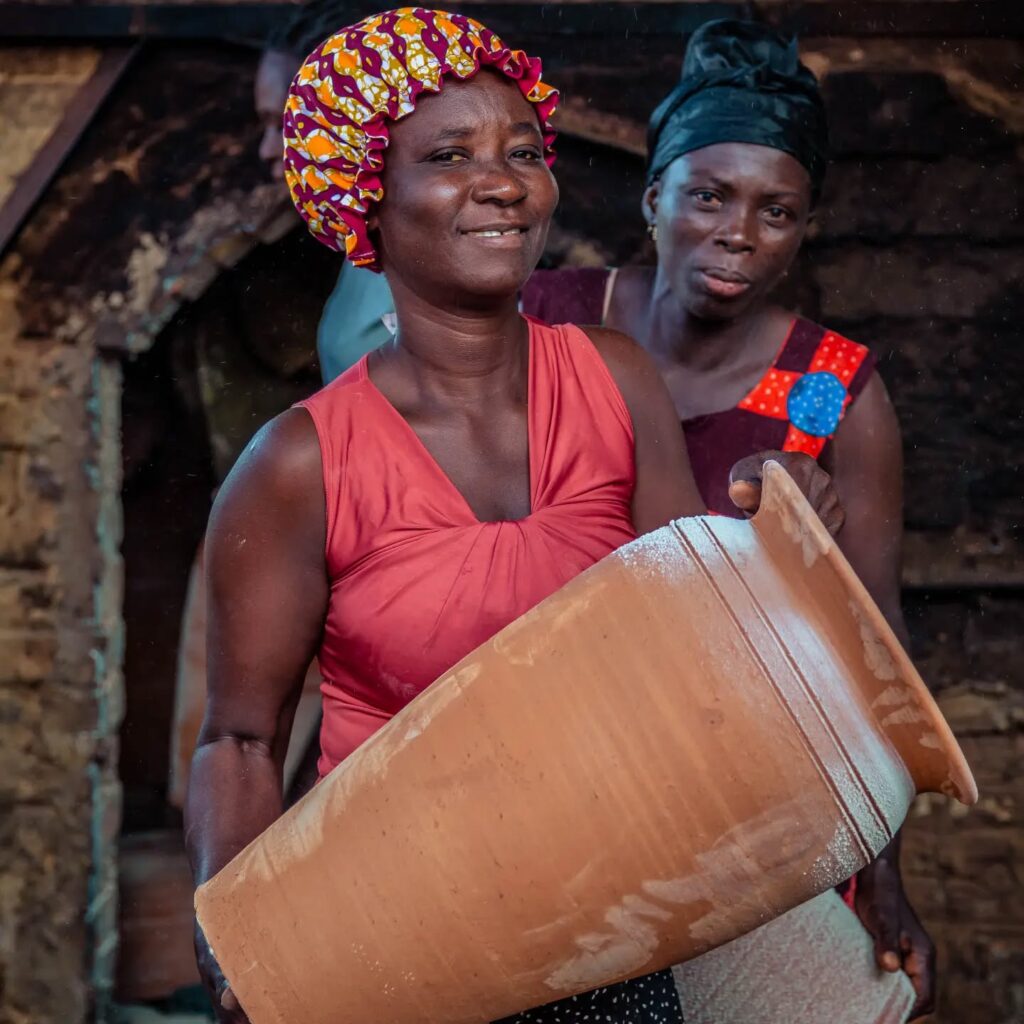
We invited members of the Tokome community to our workshop in Tema, where they could experience firsthand how modern pottery equipment like peg mills, potter’s wheels, and kilns can enhance both the process and the product. They arrived with clay and sand from their village, eager to learn.
In Tema, they witnessed the transformation: the difference in quality when clay is mixed correctly, the strength and finish of kiln-fired pottery, and the improved ease of production using machines. What they held in their hands by the end of the session was more than just a finished pot — it was possibility.
“We have the clay, but we didn’t know anything about molding flower pots… When we came from our village, we brought clay and sand… Now we see the difference.” — Keith Uga, Tokome participant
The team also appealed to local chiefs and leaders for land allocation, hoping to establish a more permanent solution — a workshop equipped with machines that could scale up Tokome’s craft while preserving its heritage.
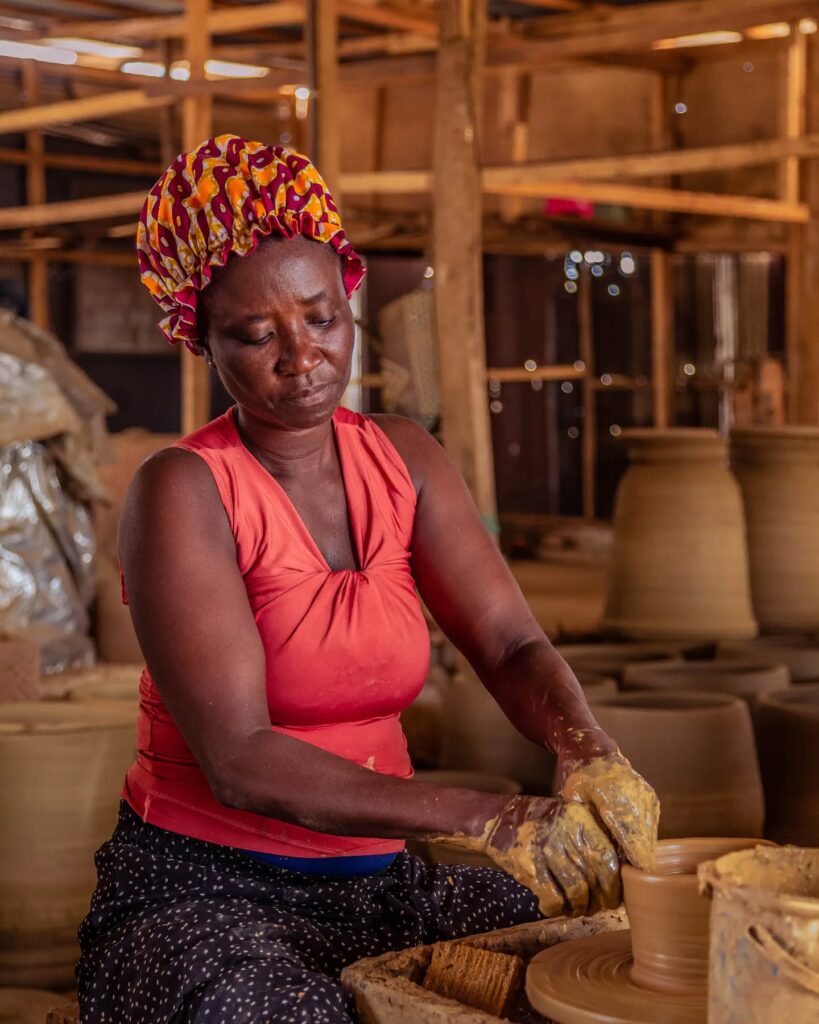
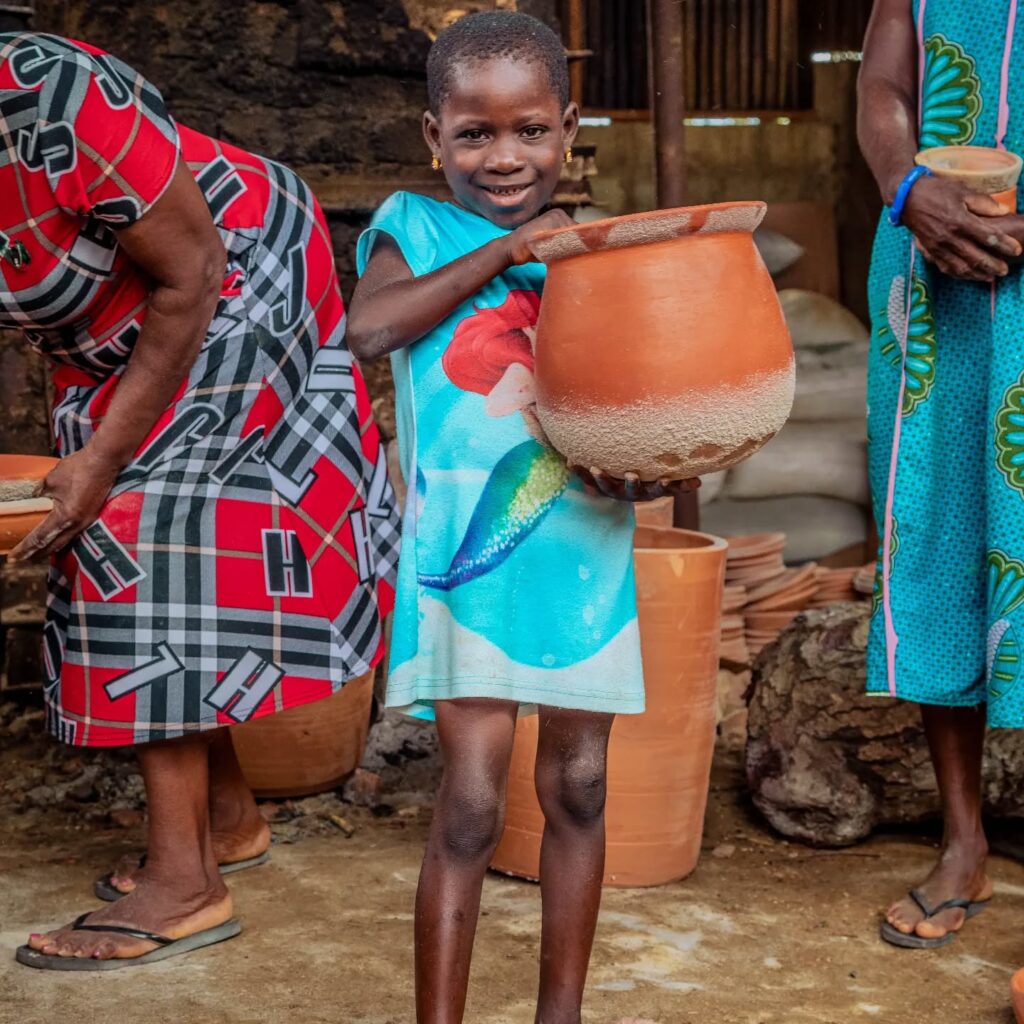
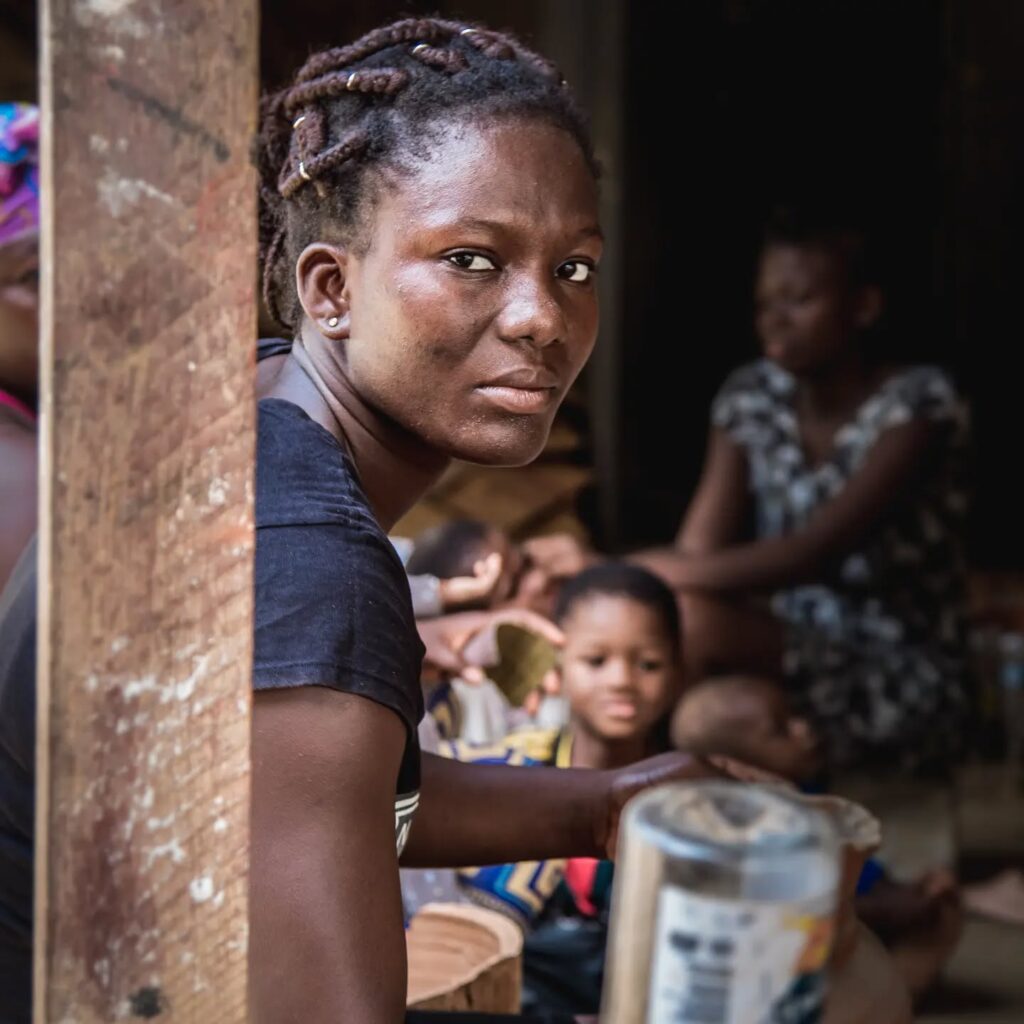
As Bra Kwame explained, the journey of Matamiss has always been about lifting others.
“We’re still doing basic pottery… but we’ve introduced small machines to aid daily production.”
This training is just one step. But it marks the beginning of something greater — a bridge between past and present, between tradition and innovation.